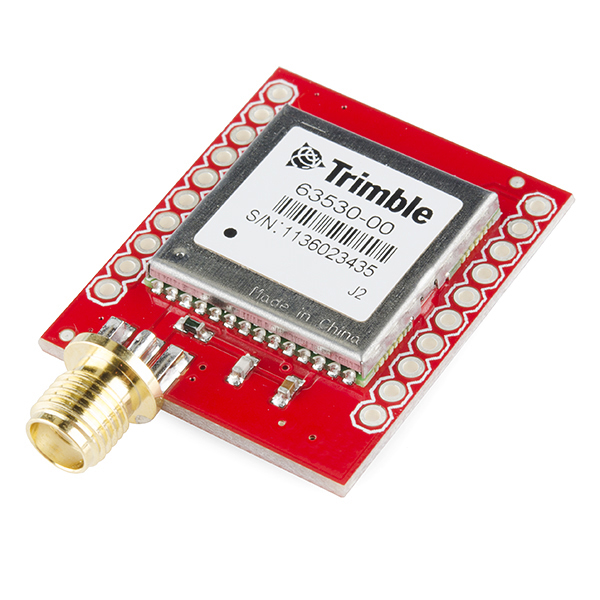Copernicus II Hookup Guide
Copernicus II Overview
The Copernicus II GPS Module is a 12-channel receiver from Trimble. It has a small form factor, making it a great device for applications requiring precise GPS control. The DIP module board allows you to easily embed this into your projects by providing an easy to connect to interface.
The module supports NMEA, TSIP and TAIP protocols at 1 Hz. The board also is designed to interface with an SMA antenna.
The module runs at 3.3V and consumes around 40mA at 3.0V. For the TSIP protocol, the module's default baud rate is 38400 bps, while it defaults to 4800 bps for the NMEA protocol. These settings are configurable. The module is permanently set to 8 data bits, no parity, 1 stop bits and no flow control.
Suggested Reading
If you haven't worked with GPS before, or are unfamiliar with serial communication, you may want to read the following tutorials before continuing on with this module.
